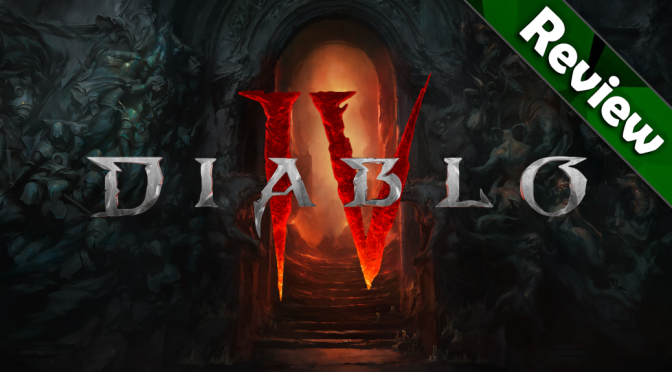It was June 2000. I was seventeen years old. School just got out for the summer. Then Diablo II unleashed upon the PC gaming world. My dear dad (rest his soul) generously bought several copies of the game for my friends and me. We spent the summer having LAN parties at my house, trying to overcome evil, one mouse click at a time. Those were the days.
Then a dozen years flew by, and Diablo III was released in May of 2012. Much older now and living apart, my LAN friends and I enjoyed a few summer months of virtually meeting up online to play, trying to rekindle our teenage youth. But Diablo III was a corrupt product. The developers’ disrespect toward the source material was shocking, and the real money auction house was an abomination. After years of updates, the game got much better, but the damage was already done to the Diablo world.
As a peace offering to the Diablo fans of old, the year 2021 saw the release of Diablo II: Resurrected, a quality remaster that was perhaps too faithful to the outdated and tedious gameplay of the original. Still, it gave many of us hope for another pure Diablo game in the spirit of the first two games.
Directly opposed to fan desires, the free-to-play mobile game, Diablo Immortal, came out in 2022. It was cheaply made with dreadful monetization. Then there were the ongoing woes at Activision Blizzard, including losing many top developers, corporate mismanagement, and other severe problems. Thus, the future of Diablo has been in a precarious position for years now.
With all this backstory, we arrive at Diablo IV, released in yet another June. Can it rekindle the old spirit while adding all the positive, modern features we expect? Read on to find out (stay a while and listen!).
A Genuinely Excellent Diablo
Within minutes of character class selection, Diablo IV reveals how seriously it takes immersion and world-building. Quality cutscenes with interesting camera angles bring the story events to life. Well-written dialogue spoken by committed voice actors creates a very human connection.
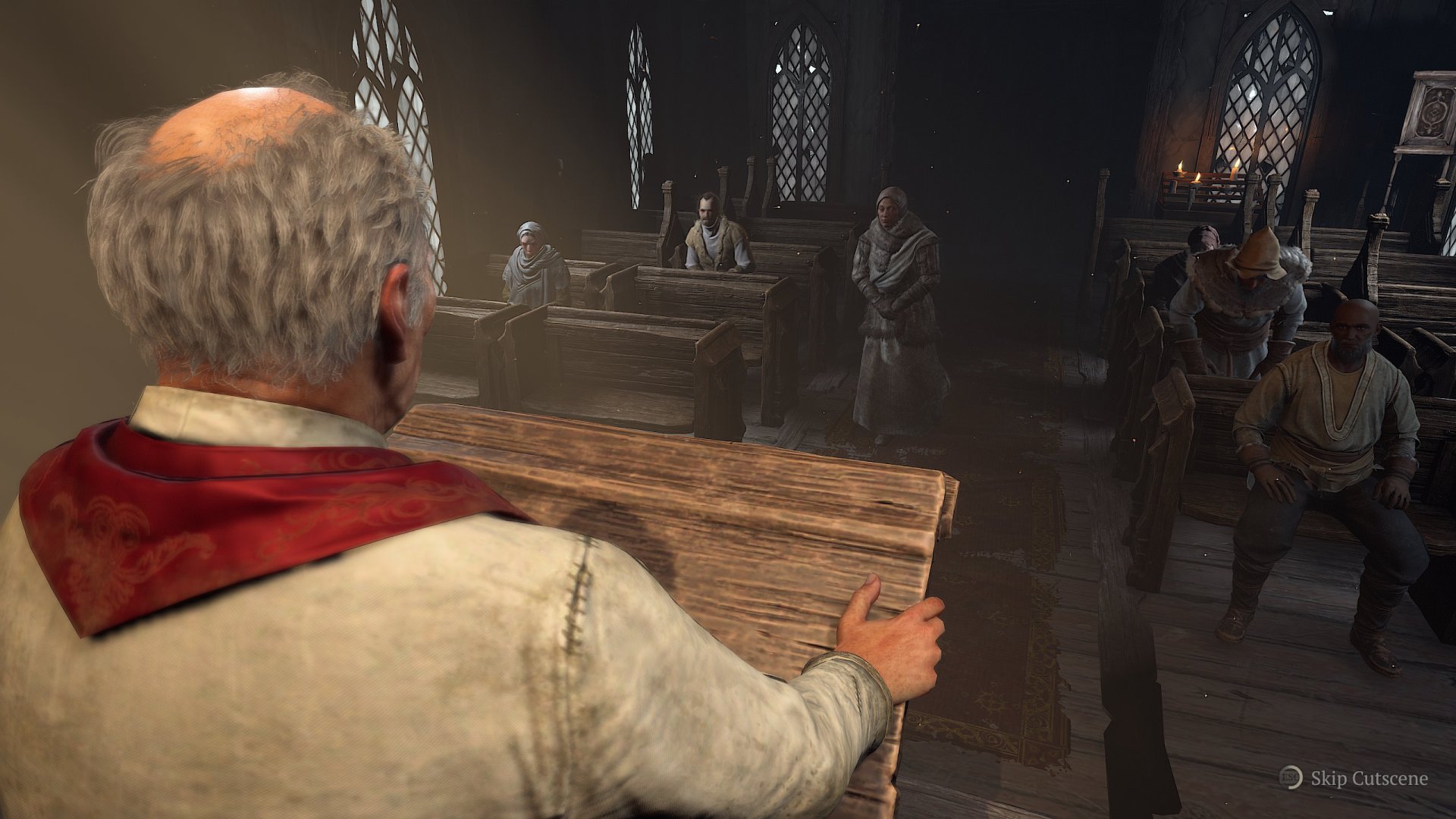
I played as a male druid, and his voice was delightful, sounding akin to a kind-hearted bear-like Liam Neeson. With a strong cast of characters, truly, this is a tale worth witnessing. I’ve included select quotes through this review to give you a spoiler-free flavor of the narrative mood.
“Break the chains and discover who you were meant to be.”
Granted, the gameplay is slow in the first few hours because of limited skills and build options. After about five hours, you are mostly set free from handholding and the game’s strengths begin to shine. A true highlight is experimenting with character builds. I appreciate the very low cost of refunding skills for the first dozen or so hours because trying new play styles is the creative crux of Diablo IV’s gameplay.
Character customization is tied together by a world-class combat system, strong enemy designs, and visually gorgeous locations. I could gush about the graphics for hours. The art is so exquisite, and the world is full of vibrant but dark details with destructible clutter galore. Murky swamps, wind-swept deserts, and lofty mountains are just a few of the nearly perfectly crafted feasts for the eyes.
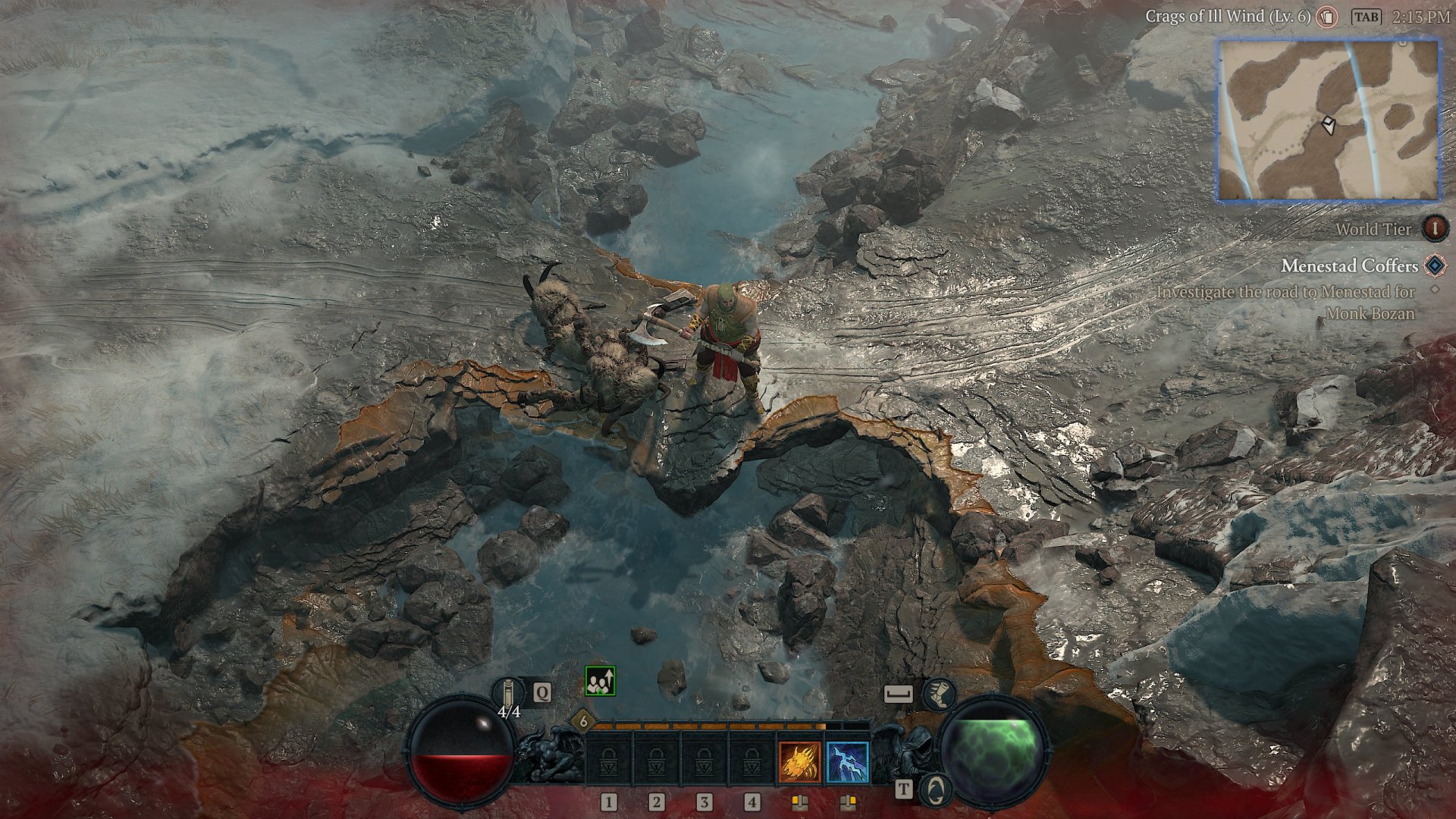
The masterful visuals are further enhanced by standout sound design. Crunching, casting, and convulsing have never sounded better. The music is also an outstanding blend of classic Diablo with new and interesting musical themes. Both the audio and visual experiences merge with the strong combat system to create a truly brilliant and inspiring video game experience.
By the way, the game plays extremely well using a controller (much like Diablo III’s console versions). The seamless transition between mouse and keyboard and controller is a great feature for when your mouse hand gets tired of clicking or you want to relax on a couch.
Open-World: Good & Bad
A big change in Diablo IV is the new open-world design. You only explore a few locations in the first few hours, but soon the massive scope of the game space becomes clear. Distinct regions are broken into zones. Each zone has a level recommendation, so most players will naturally want to avoid many areas until later. Zones will scale up to your level, and some may find fault in this system that ensures you are never overpowered, but I didn’t mind this design.
However, the open map potentially hinders the narrative flow. You can easily get lost for hours doing extra content. The over 200 side quests are well-written and fully voiced, with some having multiple stages with strong characters. Many others are rather mundane.
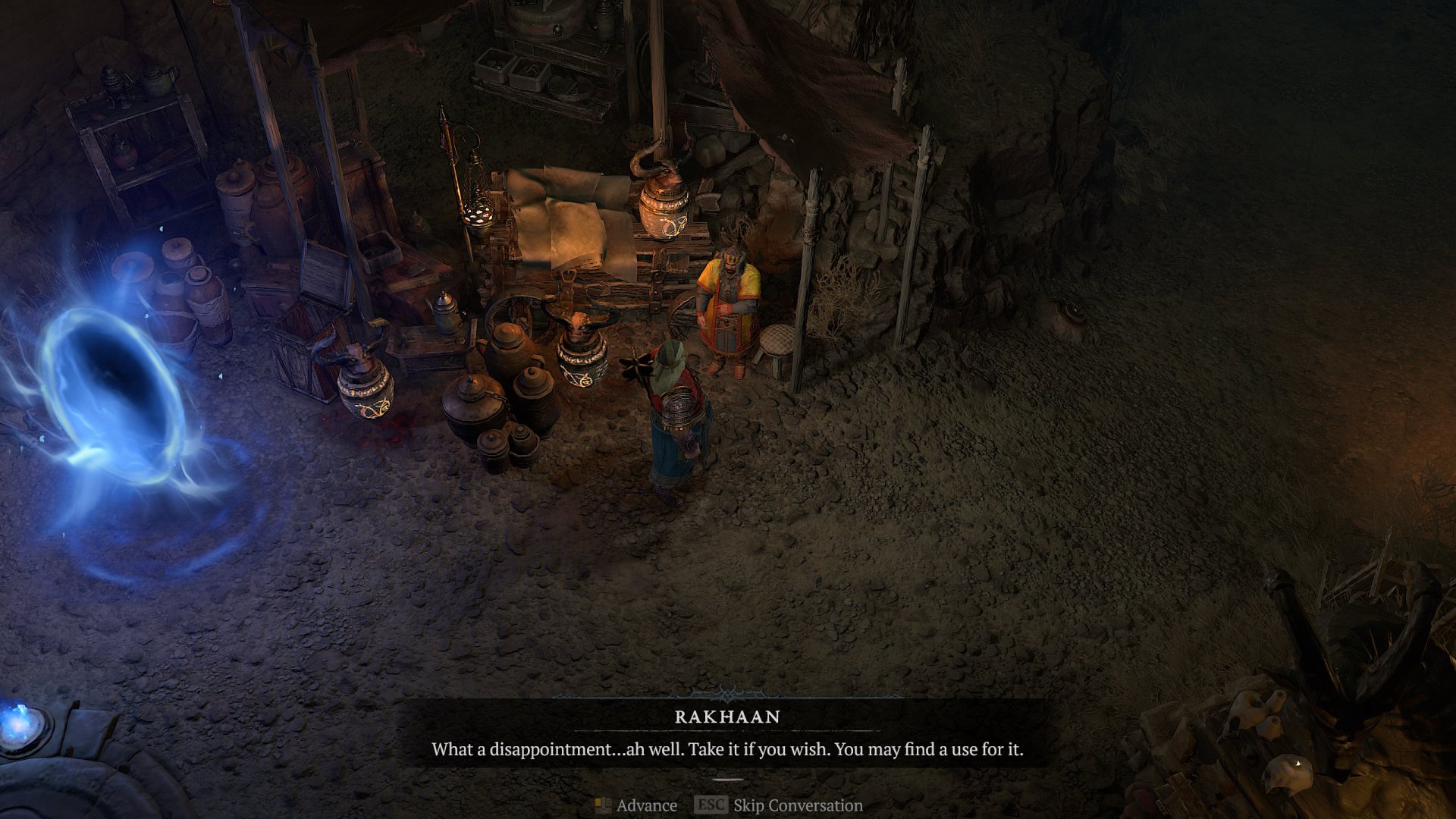
In addition, there are random events, a handful of strongholds to conquer, and little caves and cellars to quickly explore. These activities appear interesting at first, but many aren’t a great time investment. Likewise, there are more than 100 side dungeons that can feel like filler.
“That goat was like a son to me.
He had a smile to melt all troubles.”
Still, there is a smart Renown system that grants you highly beneficial early-, mid-, and late-game rewards for exploring the map and completing the aforementioned activities. To aid such vast traveling, you get a horse, but it is only given when you make significant progress in the story. Plus, the horse controls could be improved.
Strangely, the transparent map overlay from past games is entirely absent. As a result, much time can be spent meandering and backtracking in this sprawling world. Despite my qualms, I greatly enjoyed discovering each area, particularly when I would find one of over 150 hidden statues that grant permanent buffs (and Renown).
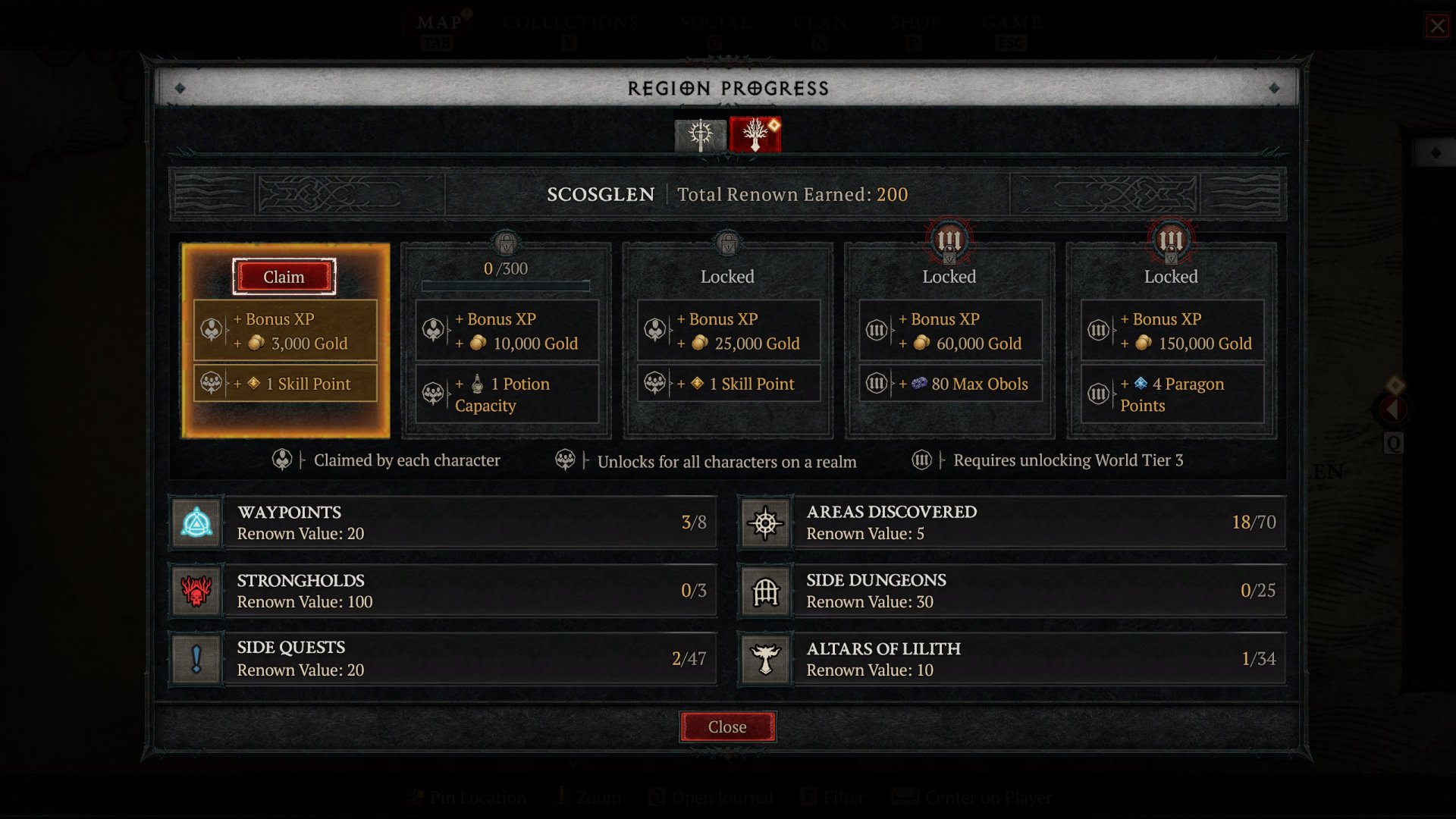
Very disappointing is the absence of a proper companion system (companions were a big highlight in Diablo III for solo players). Especially sad is there are quite a few truly interesting side characters that would have been great to party up with at will and hear their thoughts while exploring the lands. But even so, the sheer beauty of Diablo IV’s world cannot be denied. It can be quite relaxing to sightsee, even if the design cannot compete with the intricacy and creativity of an Elden Ring or Zelda open-world.
Game Flow & Endgame
Despite Diablo IV taking place on a giant continent, the game flow is very basic. For levels 1 through 50, your main goal is to explore the map, complete the main quests, and build your character through gear and skill customization. I found this portion of the game to be decently fun but simplistic. I suppose that is why many players rush toward the endgame.
“Through fellowship and unity, our faith shall endure!”
For the record, I leisurely completed the campaign over about 40 hours, while also indulging in many of the open-world activities. After reaching the end credits, I was level 54 and discovered 94% of the map areas. However, I only completed 50% of the side quests and 25% of the extra dungeons.
The endgame begins around level 50 after you finish the story and complete a special capstone dungeon. At this point, a new difficulty level is unlocked that adds three main activities: Helltides, Nightmare Dungeons, and Whispers.
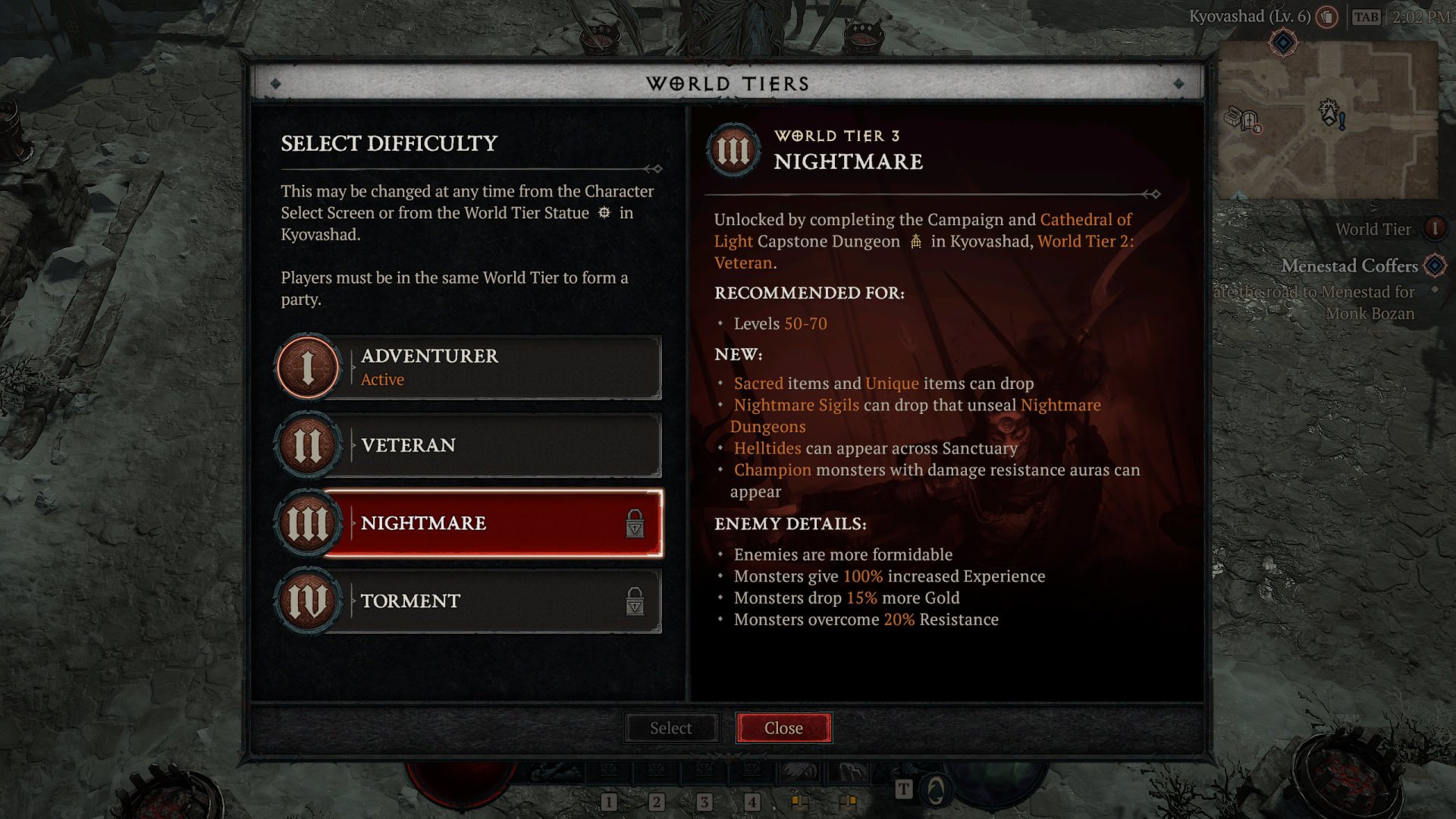
Whispers are like Diablo III’s bounties: you complete tasks on the map and then turn in your work for a big loot explosion. Nightmare Dungeons are Diablo IV’s version of a map system similar to Path of Exile. You find items that turn regular dungeons into special ‘Nightmare’ ones with unique modifiers. Helltides are areas of the map that become farming zones for an hour where you get more loot and rare crafting materials.
These three endgame systems tie into the constant pursuit of better gear. In the final two difficulties, new types of items drop that are more powerful, including coveted Unique items that everybody loved from the Diablo II glory days. For context, after a dozen endgame hours, I only found four Unique items, so it will take quite a long time to get all the rarest gear just for one character.
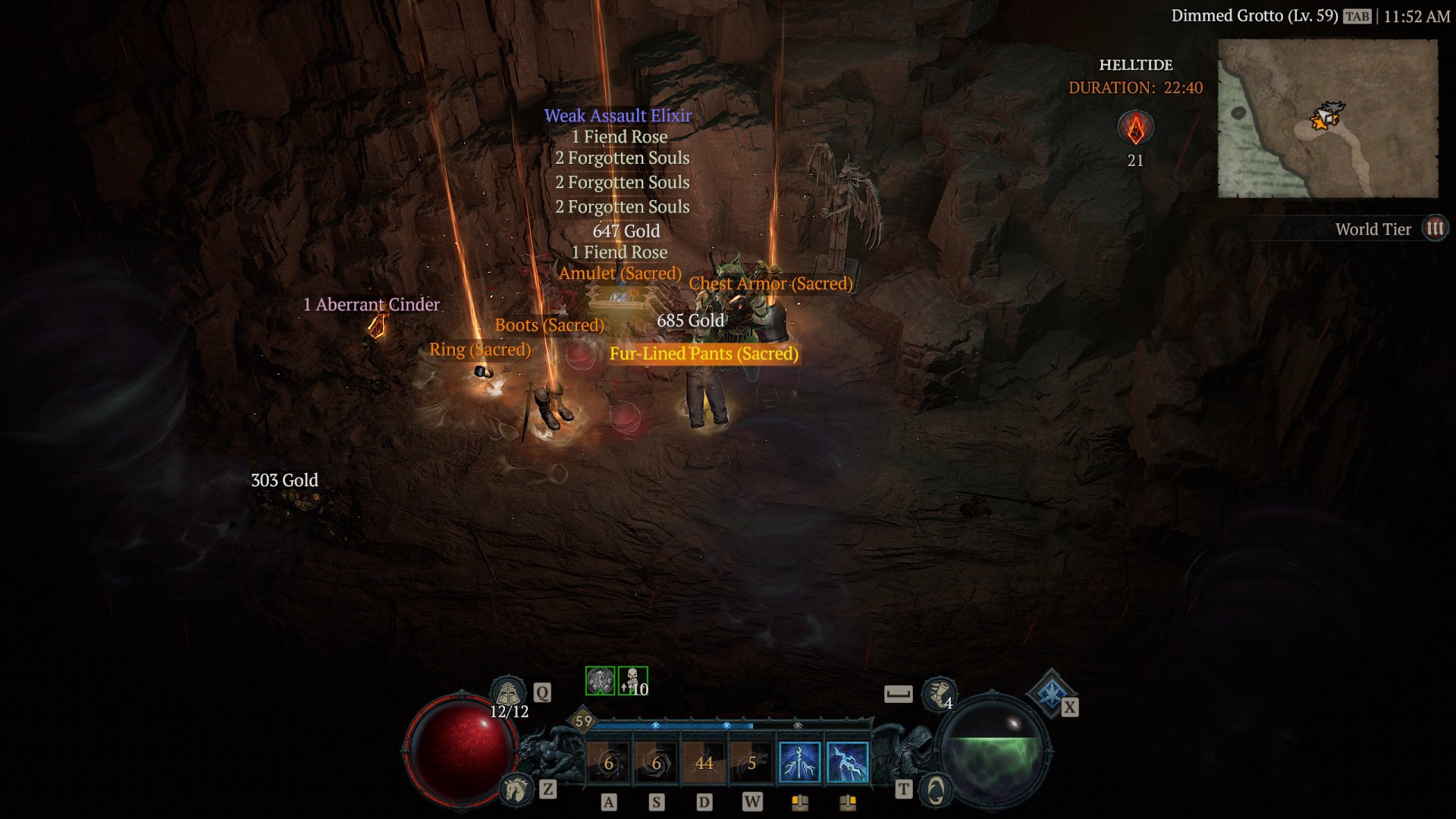
Along with loot, the main attraction of the endgame is the Paragon system that unlocks at level 50. Rather than getting more skill points, from level 50 to level 100, you get four Paragon points per level. These are allocated on daunting but manageable Paragon Boards that have some resemblance to the complicated Path of Exile interconnected skill trees. You can even find Glyph items to socket into the Paragon Boards. These glyphs can then be upgraded slowly, perhaps inspired by Diablo III’s legendary gem system.
Endgame Fatigue & Future Updates
I must commend Diablo IV for delivering a multi-dimensional endgame right at launch. I personally would have enjoyed more story tie-ins to help alleviate the quite repetitive and slow progress after level 70 or so. The most extreme players (streamers) have complained of tedium and burnout trying to reach level 100. But this is to be expected and is in line with this genre. I distinctly recall the same tedious feeling 23 summers ago with Diablo II upon reaching level 70 or 80. At least now the developers have built an endgame system that is more than just boss runs.
“They call me hero, but underneath,
I’m still the same person I always was.”
Moreover, the whole game will be in a much better place after, say, a year of patches and perhaps one of the two already-in-development paid expansions. It’s unrealistic to compare Diablo IV version 1.0 to other games that have been updated for years and years. Thus, don’t expect this to be some ultra-engaging 500-hour experience just yet. For me, I was quite content to put in about 60 hours to complete the story, explore the world, and partake in a first taste of the endgame, stopping around level 65.
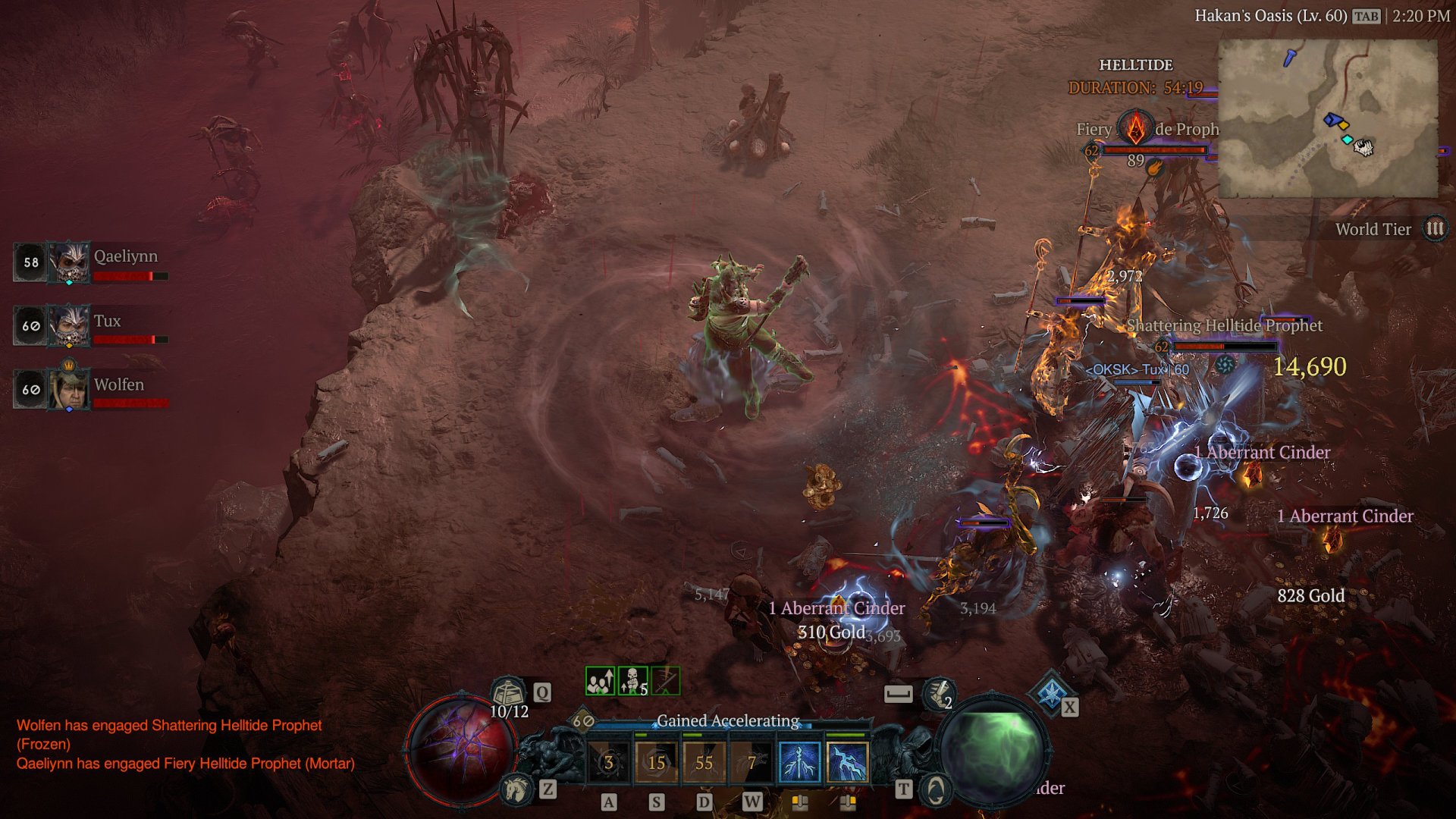
I will certainly keep playing here and there and revisit the game when the first season or two begins. If you don’t know, new seasons will start every few months. These will come along with big updates, promising both bug fixes, new features, and even new lore and quests for each season. And here’s hoping for two very high-quality and content-rich paid expansions. It is exciting to think where Diablo IV will be down the road because this beginning foundation is so very good.
The Long List of Negatives
I could end my review now and say Diablo IV is great. It truly learned the lessons from its predecessors and retains much of the best of the series. However, it also takes on a weight of new baggage, which can be summed up in a simple bullet list:
-
- Always online
- Live-service
- MMO design
- Social interaction
- Cash shop
- Battle pass
Diablo IV forces MMO design and interaction with strangers on you, whether you like it or not. Friends make life great. Intrusions from random internet strangers do not. Like MMOs of the past, you will be rudely interrupted by other players at quest objectives. Enemies will die suddenly, killed by an off-screen player, reminding you that Diablo IV is a live-service, always online game in which you are merely one of many guests. Ironically, there is no party tracker to easily group up when you want to. Diablo III let you quickly join a public game, but now you have to join a clan, connect with friends, or try to awkwardly invite strangers as you play.
“Together, we bear witness to the wages of sin.”
In addition, certain server events only occur at specific times during each day. Some won’t mind, but I oppose the whole ‘you MUST play at THIS time’ that we see in so many live-service and mobile games.
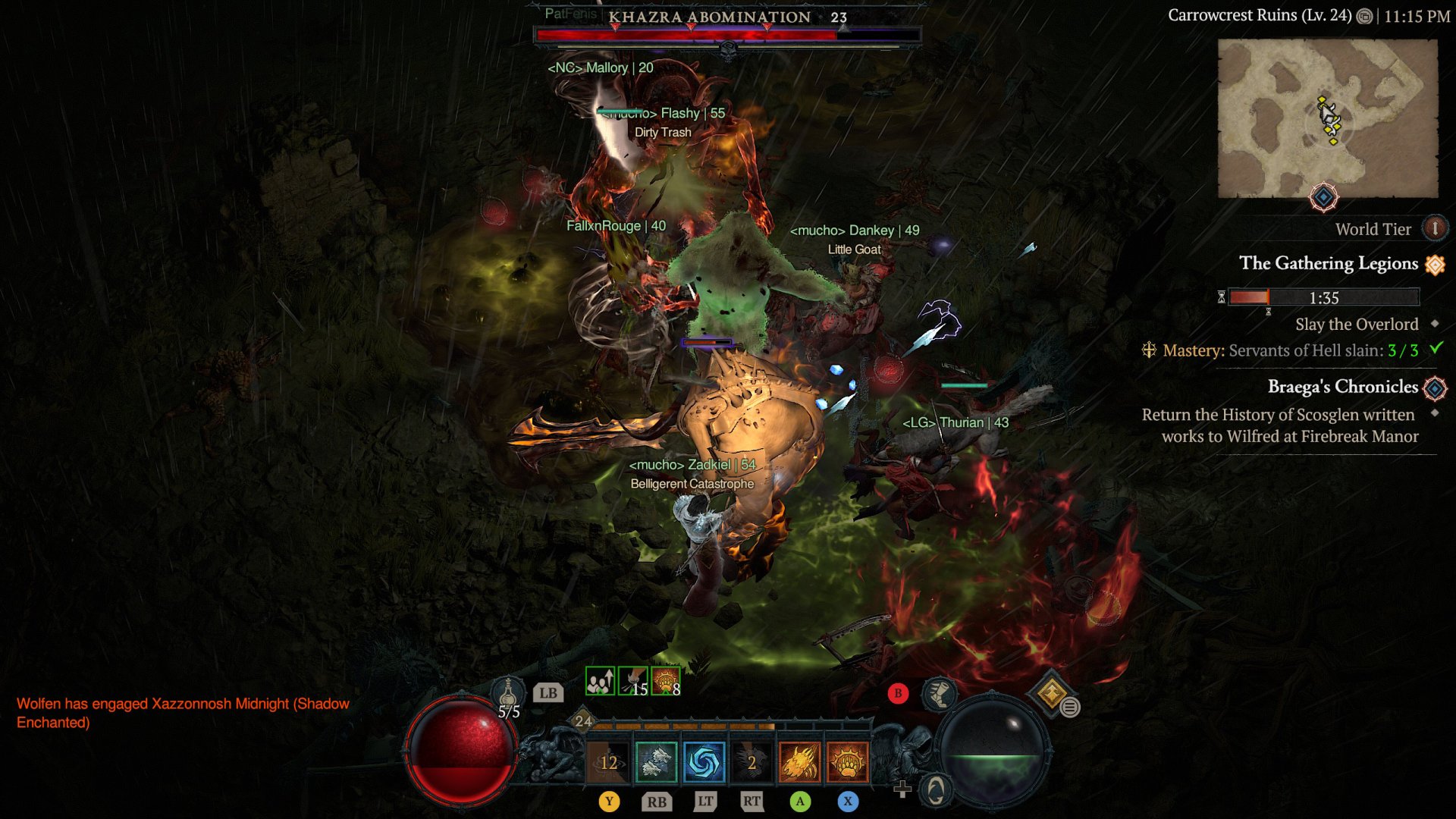
Tied into the theme of forced intrusion, there is an ever-present SHOP button taking you to the real-money store. Blizzard claims this is only for cosmetic items. Even if that remains true over time, jamming in such overpriced items is still distasteful. The Diablo head executive even boasted of their advanced algorithm that tracks your interests and recommends what you should buy, as if this is some great Diablo feature players have yearned for.
Then there is the game cost itself. I’m not sure the $70 USD (plus tax) price is worth it. For one-and-done story players, I wish there was a half-price story-only purchase option, like some prior Call of Duty titles. Alas, you both purchase and play on Activision’s terms, and they don’t want you to just finish the story and stop. They want you to come back over and over to buy the premium seasonal battle passes (either $10 USD or $25 USD, before tax), lest you miss out on exclusive cosmetics and live life in virtual hideousness.
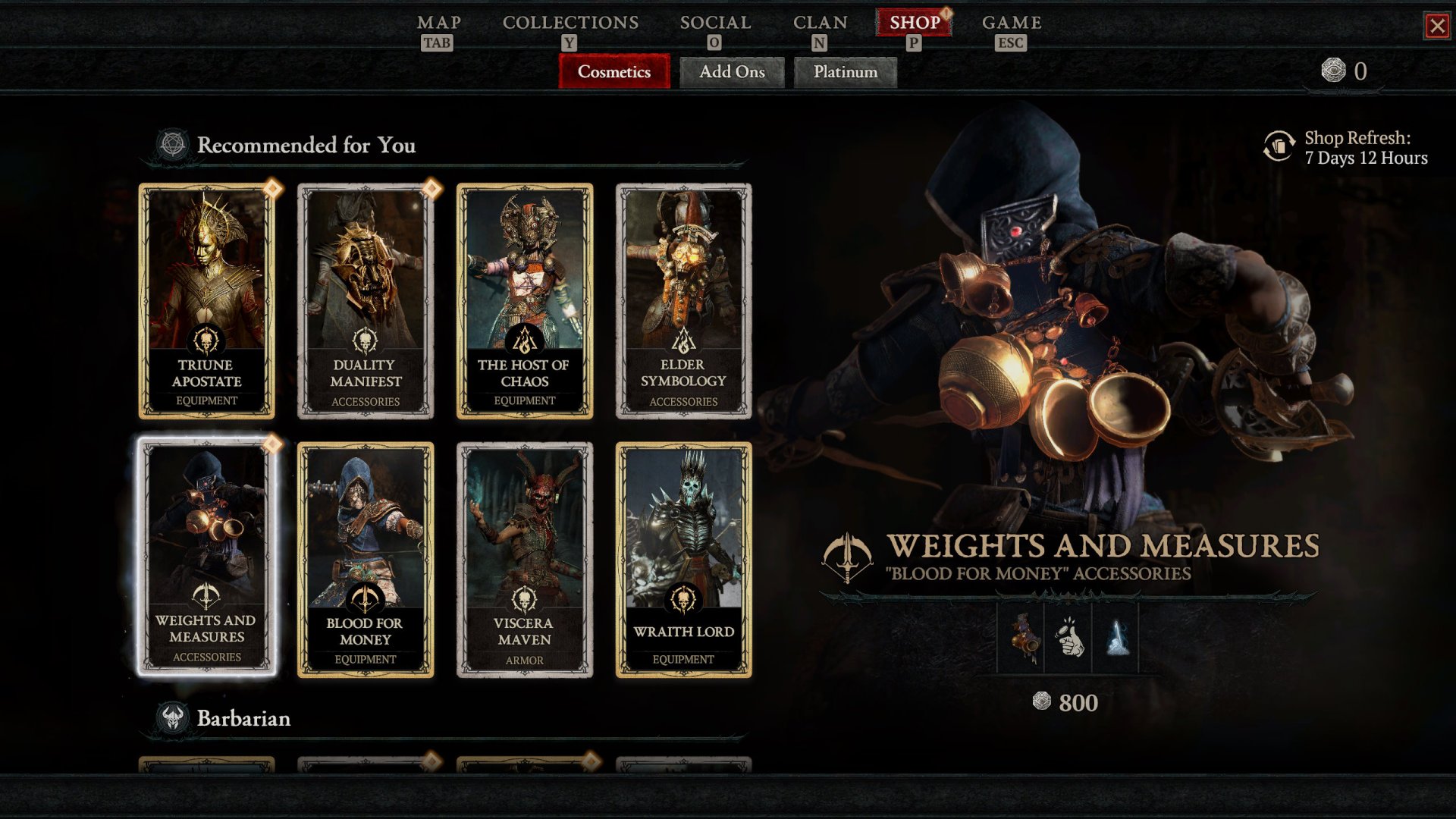
Besides all the live-service stuff, the number one problem I encountered was simple network instability. On several days, the game was nearly unplayable because of extreme lag. I would desync, rubber-band, freeze for several seconds, and often end up with a death screen when the game unfroze. Given my real-world location, I should always get 60ms latency or less, but on many days I got 150ms to 300ms, spiking up to 1,000ms and more. Perhaps players in other regions won’t have these issues, but I can only judge my personal experience, which wasn’t great.
“I can feel it…a great calamity is about to unfold…”
In conjunction with server lag, there is a decent amount of stutter and loading issues when traveling to areas, especially in the endgame. Granted, the game engine runs very well and scales great on hardware. But the framerate is undermined by the stuttering. The developers claim they will implement DirectStorage to fix some of this, but it should have been available on day one.
FYI, the Ultra texture option seems poorly optimized. It caused many stutters on my RTX 3070 8GB, so I played on High, which was a clear visual downgrade on my 1440p display.
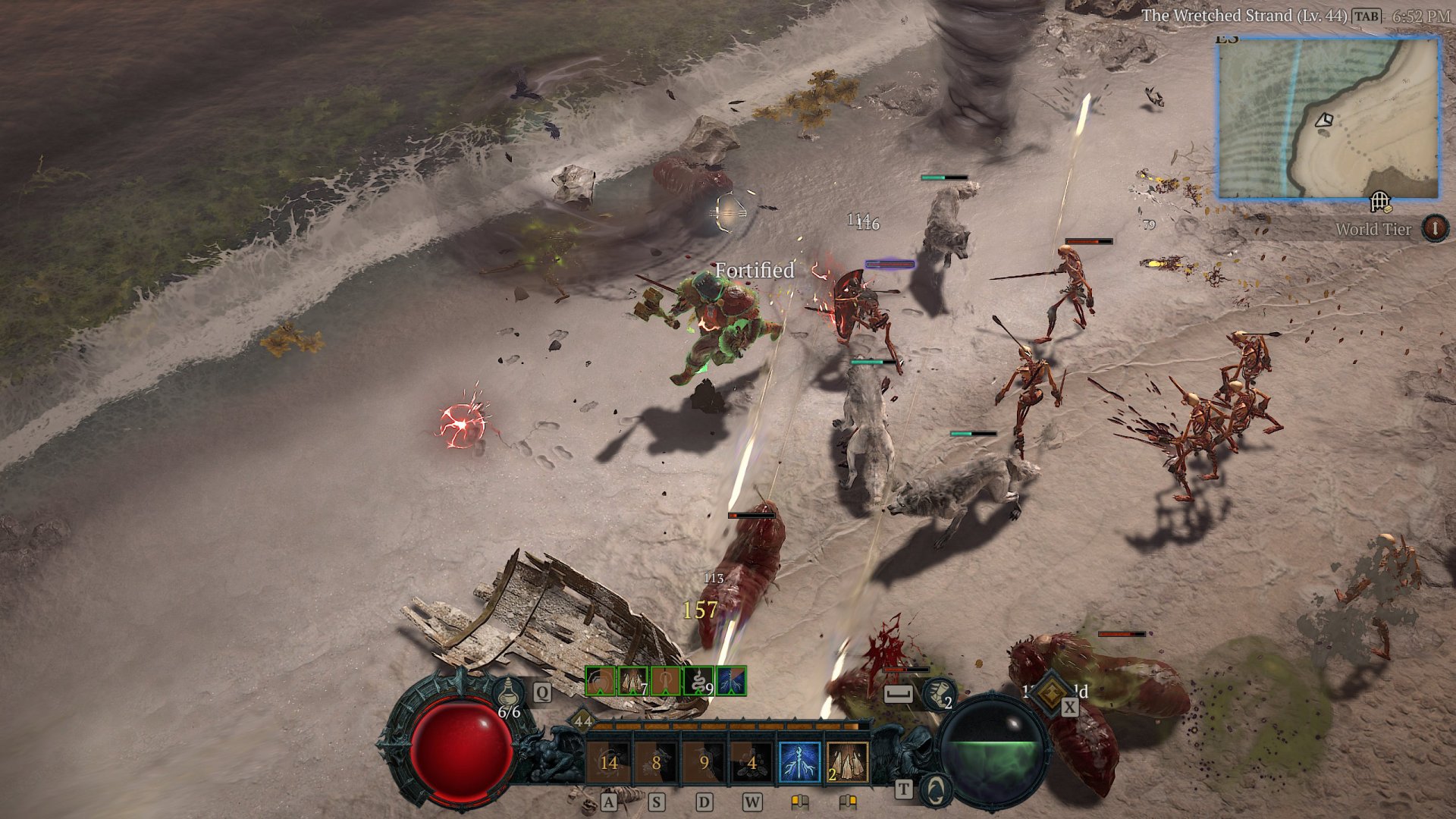
I experienced several minor quest bugs and glitches like invisible NPCs. When they spawn properly, most NPCs can be walked right through, making the world feel fake. A lack of quest checkpointing meant I often logged back in only to find I had to repeat an NPC conversation or go to a specific map point again.
If you can’t tell, Diablo IV sometimes trips on itself and makes it quite obnoxious to simply lose yourself in a dark fantasy narrative experience. The game itself is brilliant, but it is shackled to meta systems that are a bit antithetical to immersion. Moreover, once the honeymoon phase wears off, Diablo IV reveals several flaws. Some of these will be fixed, but others simply must be tolerated.
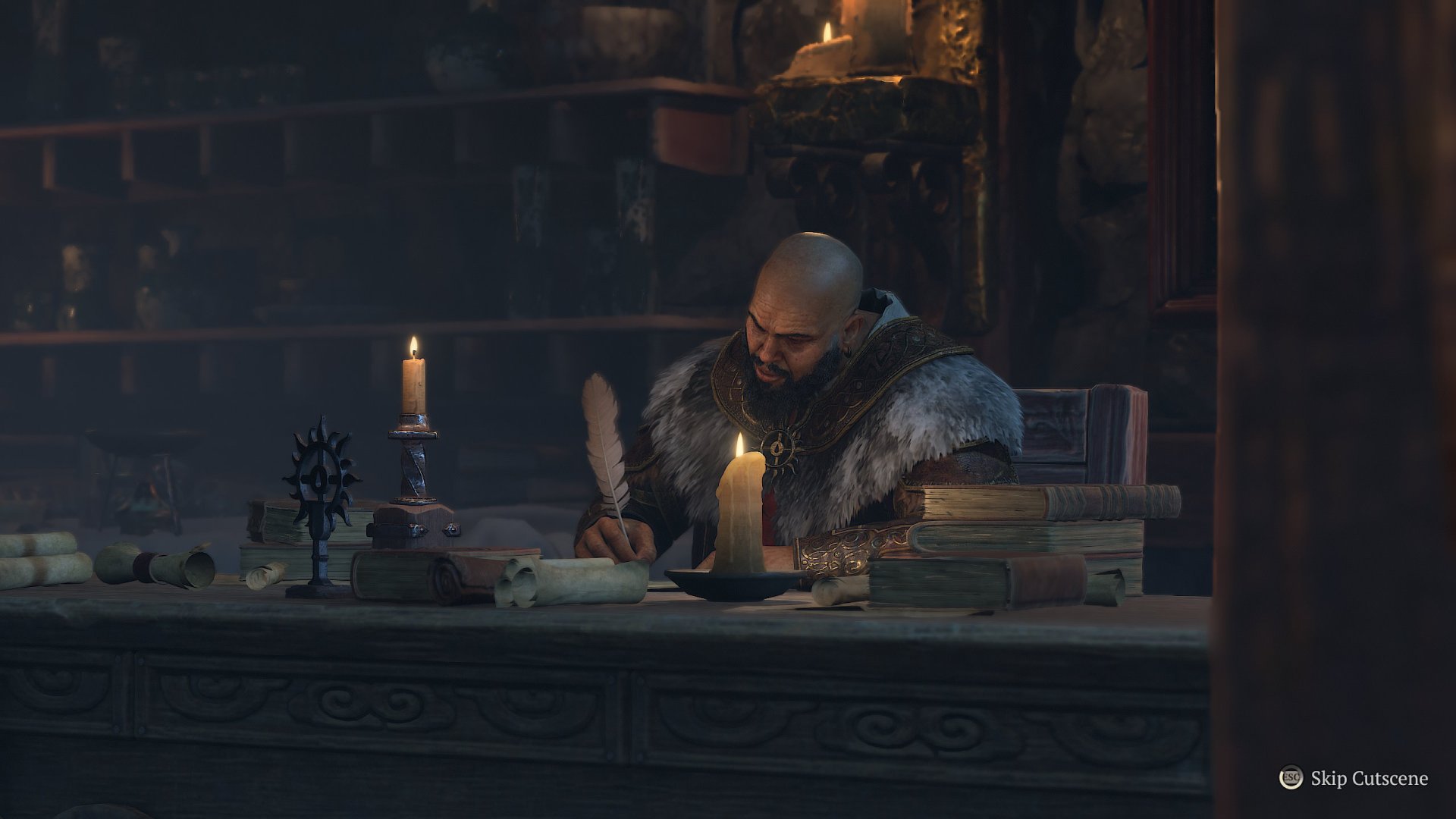
Conclusion
In the end, Diablo IV didn’t magically restore my youth or reconnect me to my long-lost teenage LAN buddies, but it did inspire much nostalgia and appreciation for this famous franchise. Maybe it can’t quite capture the lightning-in-a-bottle genius of Diablo II, but this new take on the series is worthy and has already found a place in my heart. Certainly, there are diminishing returns as you keep playing once the story is done. The upcoming seasons promise reasons to come back every few months for the truly dedicated players, but many will simply enjoy a one-and-done fantastic story experience.
“It is true love that feeds the deepest hate.”
On a more meta level, Diablo IV is an example of two conflicting ideologies. On one hand, you have the actual narrative-driven gameplay that exudes quality and gorgeous artistry. It is astoundingly good and engaging. You can tell the developers put their hearts and souls into this project. It’s almost like the second coming of the Blizzard of old.
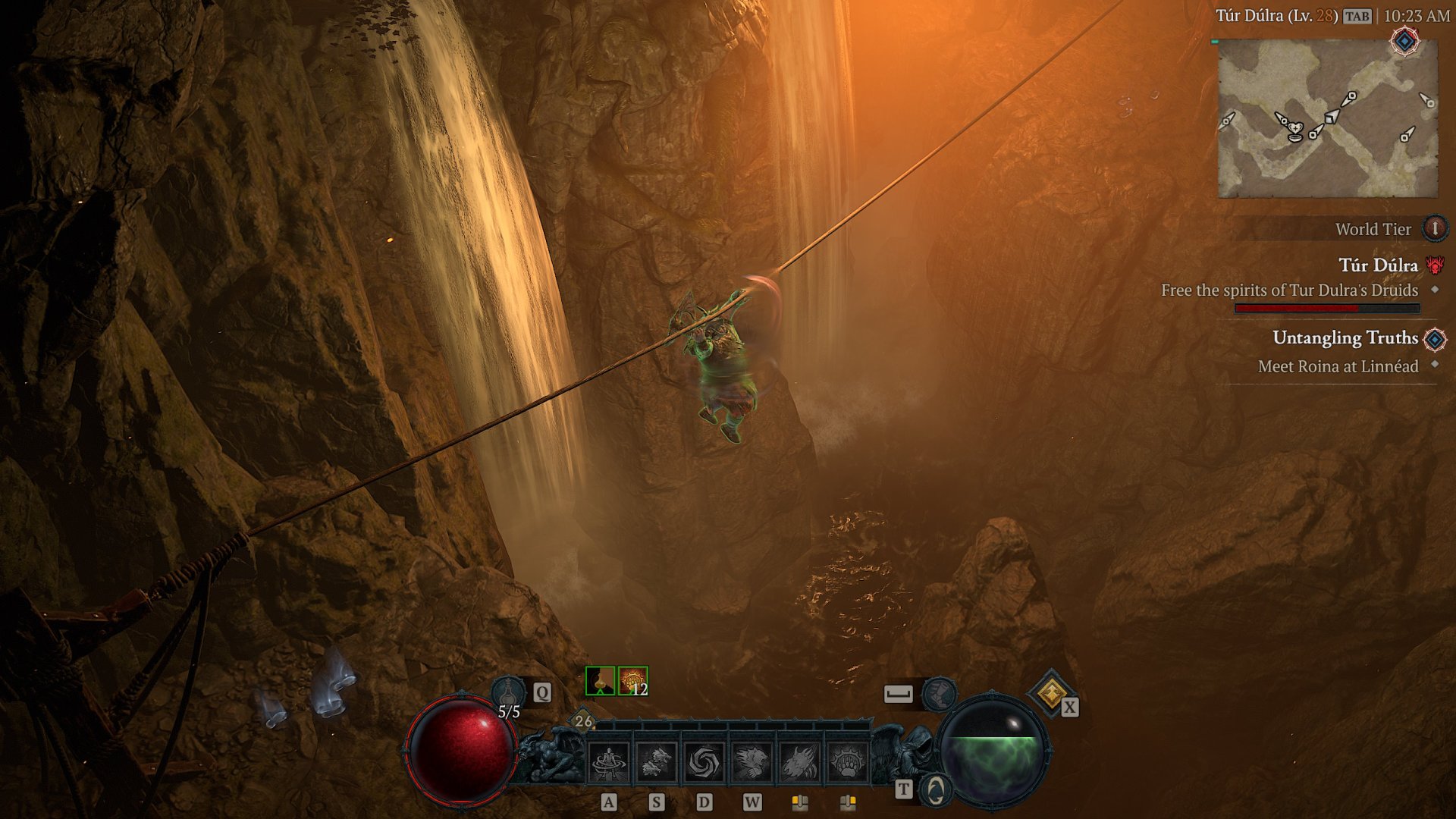
On the other hand, you have the dubious packaging of the game: live-service, MMO-style design, forced social interaction, cash shop, and battle pass monetization. Then consider the always online requirement through Battle.net and server instability. Don’t forget the yucky ‘deluxe’ and ‘exclusive content’ and ‘early access’ stuff. And there will never be mods to add in features or fix lingering issues.
This is the duality of Diablo IV. Much like the lore of the high heavens and the burning hells, we see the eternal conflict between the purity of artistry versus the needs of greed. If you can stomach all the negatives, Diablo IV offers dozens and even potentially hundreds of incredible, smooth (when not lagging), and absorbing leisure hours of top-notch action-RPG entertainment. But should you wait until the game is more robust and complete? How about skipping it altogether? Or should you immediately indulge wholeheartedly with the game, cosmetics, battle passes, and more? You are free to decide. Choose well, mortal.
![]()
- Excellent narrative
- Gorgeous, dark art style
- Stellar voicework
- Smooth, punchy combat
- Crunchy, weighty sounds
- Fitting Diablo soundtrack
- Diversity of builds
- Huge map/exploration
- Beautiful vistas/locations
- Some terrific side quests
- Multi-pronged endgame
- Graphics customization
- Accessibility options
- Crossplay/crossplatform
- Controller or KB/M
- Seasons of free content
![]()
- Significant lag/desync
- Micro-stuttering issues
- Glitches & UI problems
- No map overlay
- Clunky horse controls
- Some unrewarding content
- Poor checkpoints; no pause
- No true companions
- Small inventory; no gem bag
- Forced social events
- No public/party tracker
- MMO-like features
- Live-service, timed elements
- Always online; Battle.net
- Real-money shop
- Battle pass monetization
Computer Specs: Windows 11 on an Intel i7-12700k CPU, 32GB of 3600Mhz memory, and a nVidia RTX 3070 graphics card. Game installed on a Gen4 NVMe SSD.
Nick’s been a PC gamer for over 20 years, having grown up on first-person shooter games (he’s very proud of his Quake 2 tournament trophy). Nick also loves deep, engrossing role-playing games, and he’s also more famously known as Brumbek, the creator of Static Mesh Improvement Mod for Skyrim. Nick believes the essence of enjoyment is to play and ponder video games.
Contact: Email

